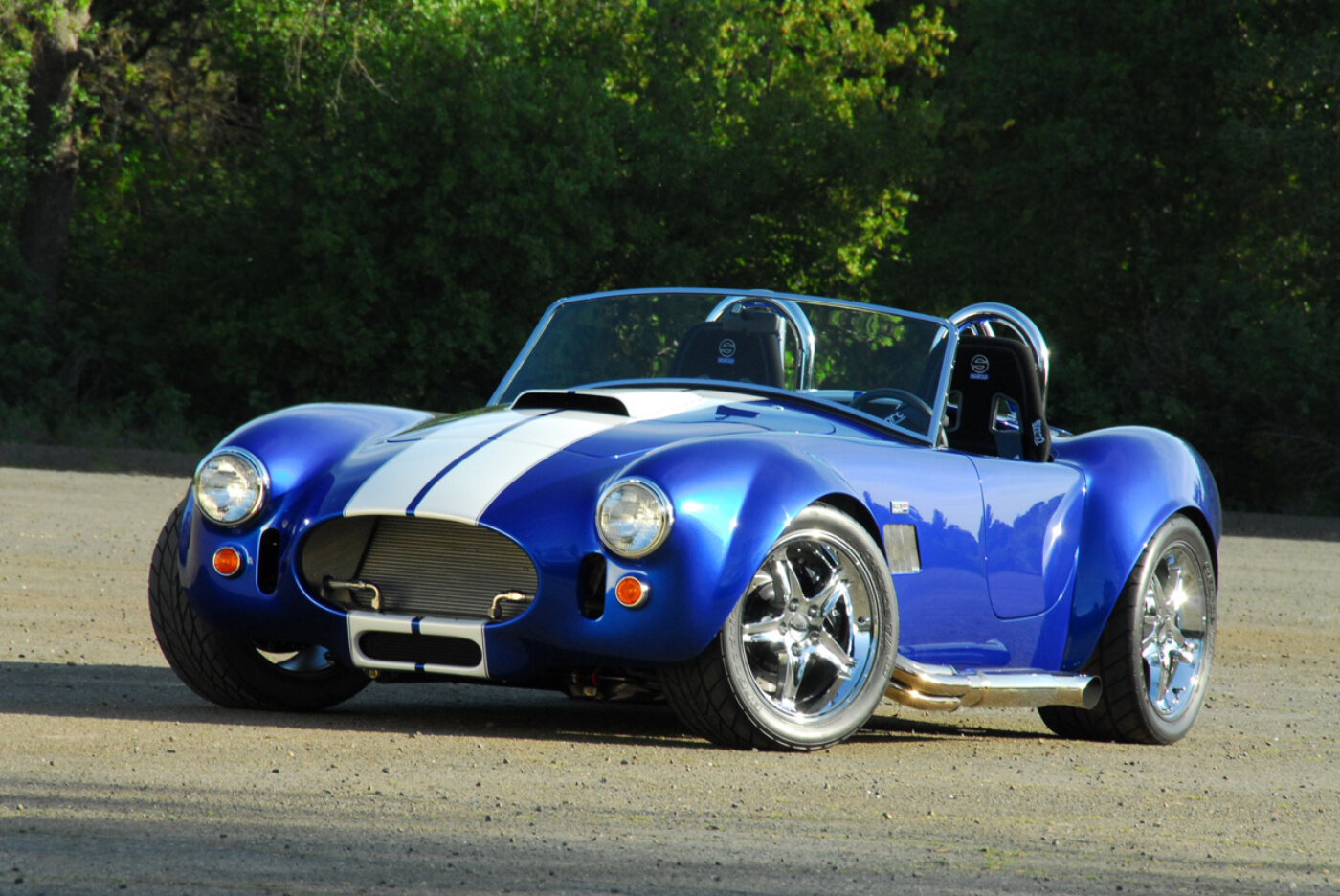
Cobra Build
As Told by Rob Barron
Photos by Steve Temple and Rob Barron
After seven long years, a cross-country move, and two complete garage makeovers later, this Cobra is on the road.
Its story began many years ago. As long as I can remember, I’ve loved cars and especially engines. When I was a young boy, my dad worked on his own cars and was building an airplane in our garage. He always took the time to teach me about whatever he was working on, and how to appreciate and use tools.
My first car (and kit project) was a VW-based dune buggy that my dad and I refurbished during a long, cold Illinois winter. Many fond memories of the two of us working on that car linger today.
In 2006, about 25 years later, I received a big bonus at work and with encouragement from my wife, Maria, I ordered a Factory Five Mk3 Roadster kit. In preparation, I completely revamped our garage: epoxy floor, cabinets, lights, even a lift. I was ready to start building.
From the very start of the project, I made two promises to myself:
1) Pay attention to every detail—every component, tube, fastener—everything. No shortcuts. No, “Ah, that will be good enough.” Not happy with something? Redo it. Two, three times if necessary.
2) Have fun. This is about the journey, not the destination.
Factory Five makes a fine kit, but I viewed it more as a starting point rather than a finished blueprint. I chose not to use a Ford Mustang donor car because I knew I wanted to use non-OEM components in many cases.
I also wanted to upgrade many of the parts supplied with the kit. For example, instead of the supplied steel brake lines, I formed, polished and mounted stainless lines and used AN fittings throughout. Every fuel and brake line was carefully bent to run parallel to the frame or other components and all bends were done with a mandrel.
I ended up fabricating and machining a lot of parts and making many changes to the kit. It’s hard to see most of that detail on the finished car, but it’s all there. I continued with that level of detail throughout the project.
I opted for six-piston front and four-piston rear Wilwood brakes, a Levy Racing five-link, Watts-type rear suspension, a narrowed Ford 8.8-inch rearend with 9-inch axle ends, 3.55:1 gears and a Detroit Truetrac differential.
Damping is handled by a set of Levy Racing’s double-adjustable Koni coilover shocks. Gordon Levy convinced me to use one of his 9310 alloy “super T5“ transmissions with a Quartermaster 8.5-inch dual-disc clutch.
For the electrical system, I used the ISIS (now called “Infinity Box”) system. All wires are in protective loom run inside the frame tubes in some cases. Rather than use a wire harness, I ran every wire individually.
I feel the dashboard is something you see a lot of so I designed and fabricated a dash from scratch using 6061 T6 aluminum sheet. It features a textured powder-coat finish, removable gauge panels, a glovebox, Autometer electronic gauges and flush-mount, backlit switch and indicator panels. I also fitted a Racelogic traction control system.
The Sparco Sprint seats with Simpson five-point harnesses really hold you in place and are surprisingly comfortable. I used a 12.5-inch Momo steering wheel and made a double contact brush setup so I could keep the center-mounted horn button.
I started the kit with the idea of using a Ford 351 Windsor powerplant, but my love for engines got the better of me, and I soon talked myself into a 482 cubic-inch, all-aluminum Ford FE powerplant. The engine features an aluminum Pond 427 side- oilier block, CNC-ported Edelbrock heads, a hydraulic roller cam, forged internals, a TWM independent throttle body induction system, Erson roller rockers and EFI and distributorless ignition controlled by an Electromotive TEC ECU. Keith Craft did much of the machine work and I did some machine work, blueprinted, assembled and tuned the engine. The car made 511hp and 508 lb/ft at the rear wheels, just shy of 640hp at the crankshaft, factoring in a 20-percent driveline loss.
I did well at sticking to my two initial promises but doing so made for a slow build process. While I was working on the Cobra build, my dad retired and began working on another airplane kit.
In late 2010 Maria and I moved from Illinois to California. The Cobra wasn’t finished so we bought an enclosed car trailer and hauled the now four-year-old project to our new home in Sacramento.
Just ten days after we moved, my dad unexpectedly and suddenly passed away. A rush trip back to Illinois, a funeral, a big hole left in my life and perhaps saddest of all, an unrealized dream: the Q200 airplane kit he was building sat unfinished in his garage; he never got to fly it.
As I grieved over the loss of my father, friend and teacher of all things mechanical, the Cobra project weighed on my mind. Weeks became months, and as I began to wonder if finishing the Cobra was even possible, then came more encouragement from Maria, “It’s about the destination now. You need to finish the car and drive it.”
She knew I was heartbroken that my dad never got to complete and fly his airplane. With that loving nudge, I sprang into action. I revamped the new garage and resumed the Cobra project with renewed vigor.
On November 11, 2013 I completed and began to drive Factory Five Mk3 Roadster #5156. While I do wish my dad had finished and flown his airplane, there is some relief and peace of mind knowing that I was able to finish and drive the Cobra using the skills and love of mechanical things that he gave to me.

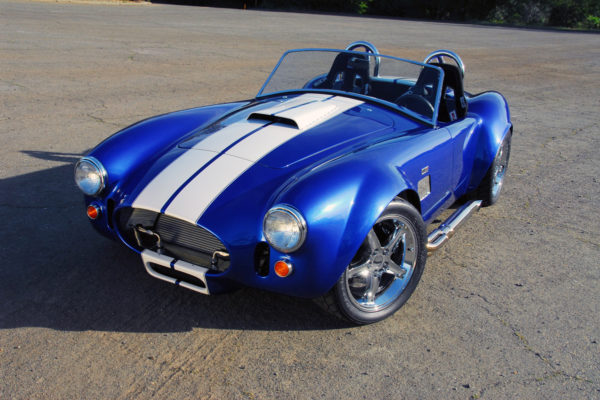
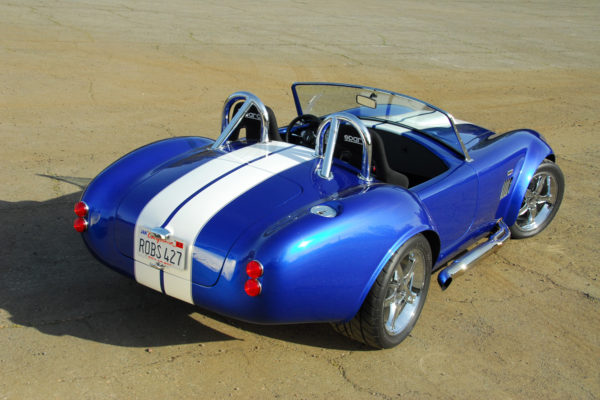
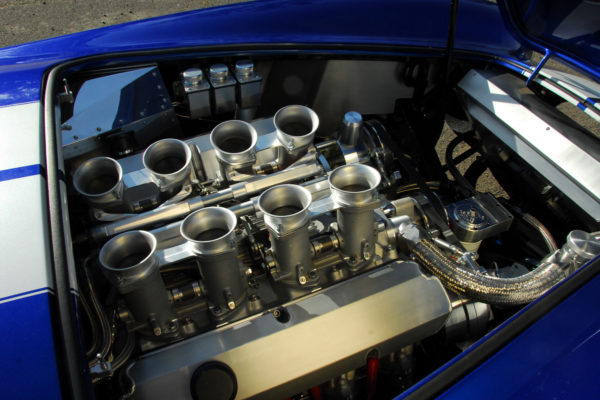
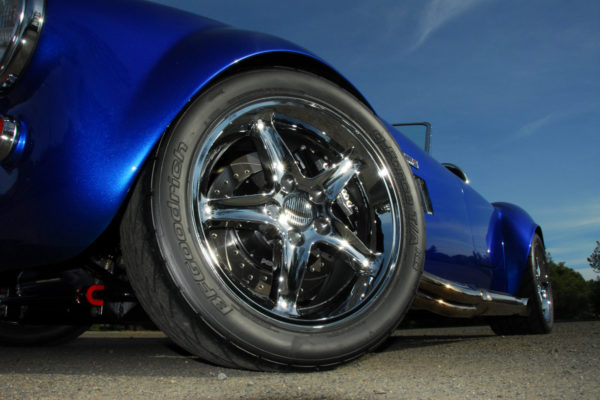
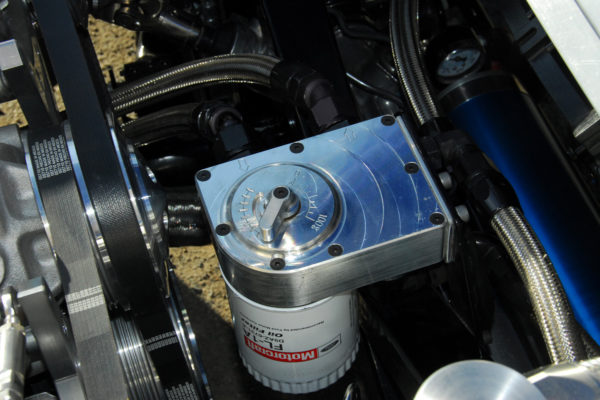
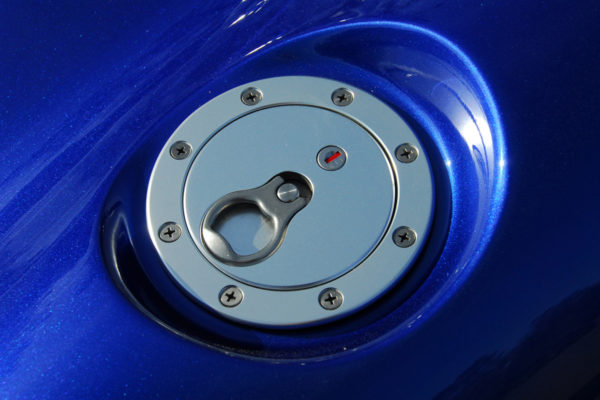
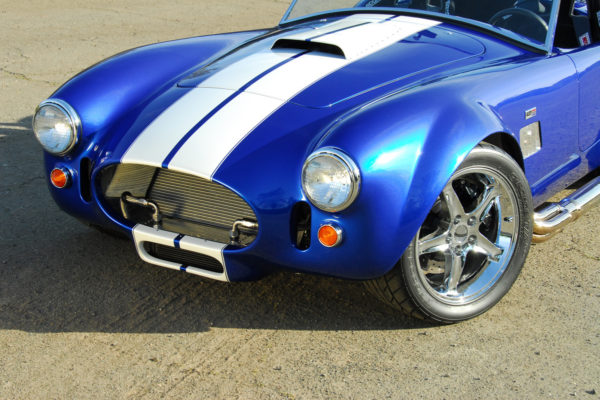
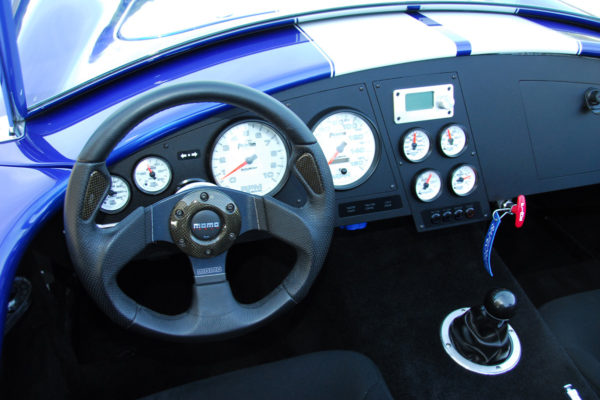
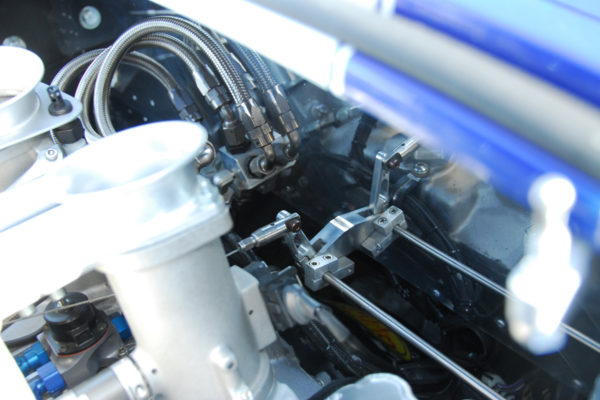
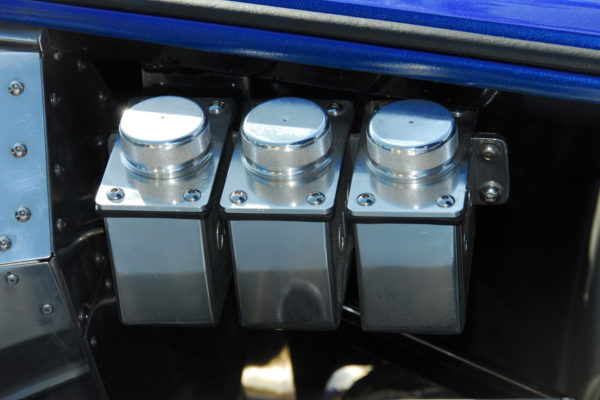
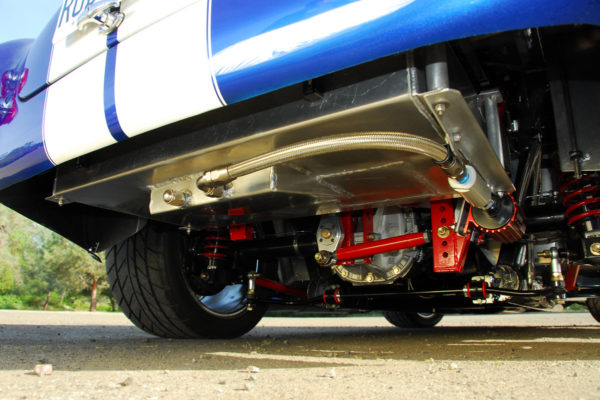
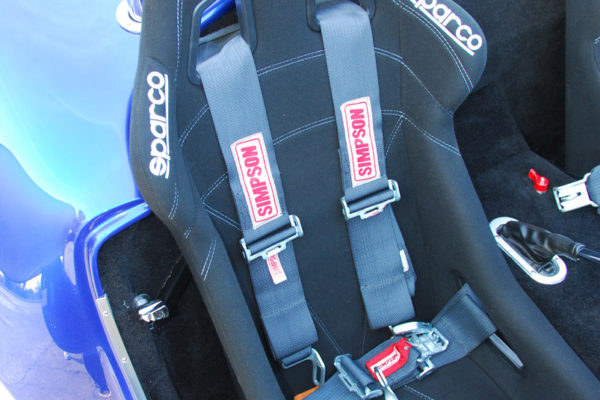
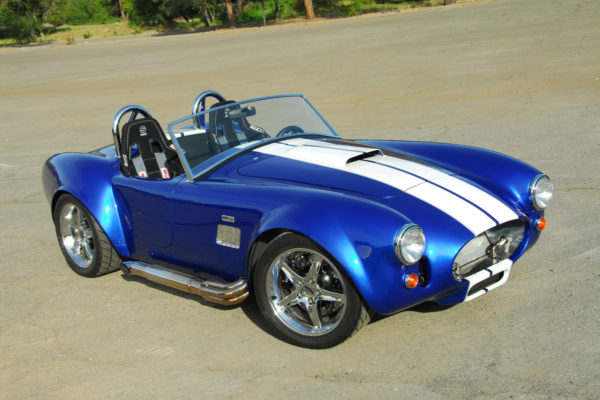
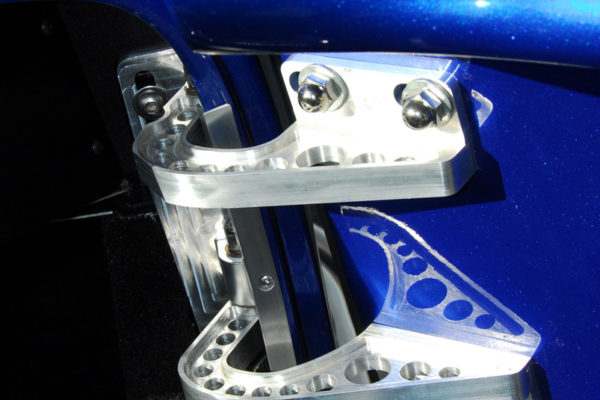
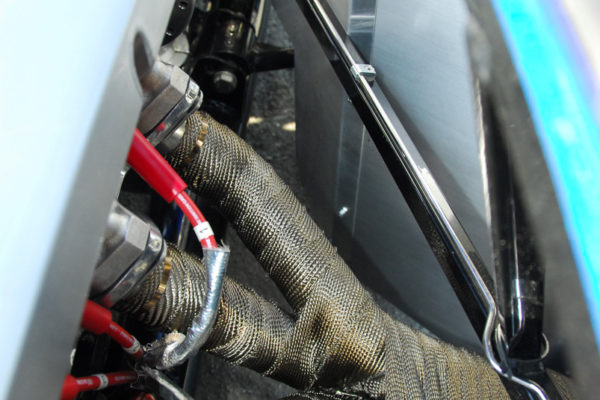
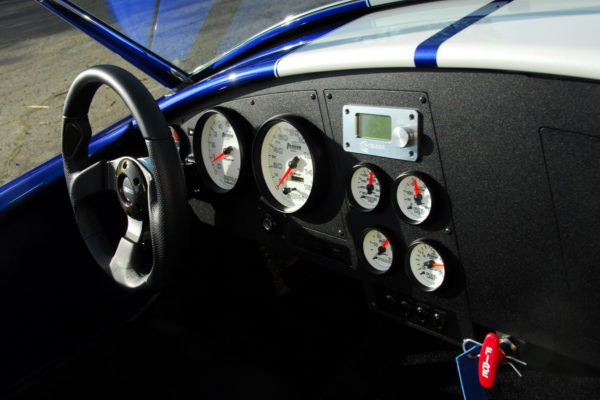
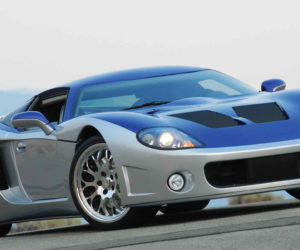
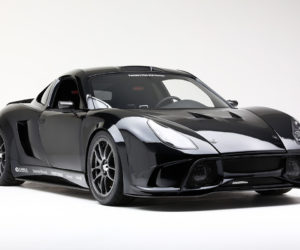
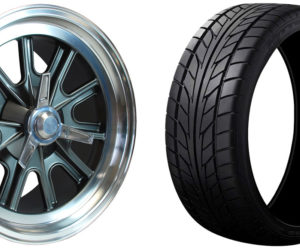
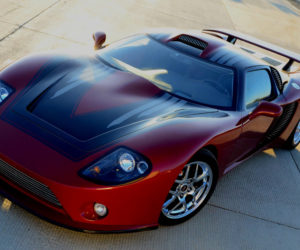
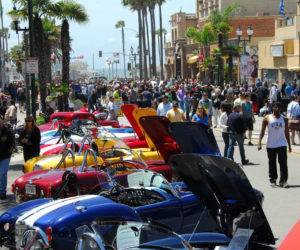
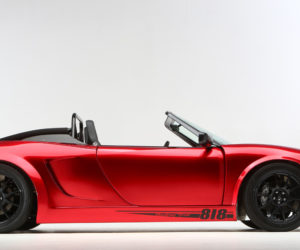




Comments for: SEVEN-YEAR ITCH
comments powered by Disqus